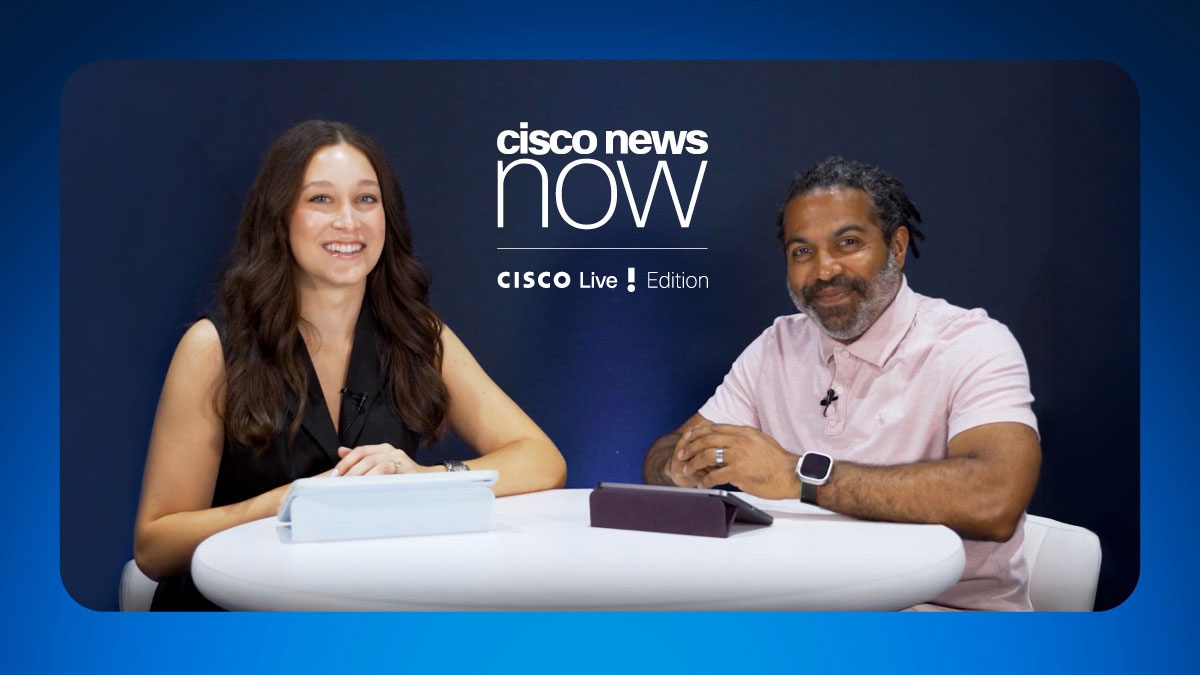Taking part in any court proceeding, whether voluntary or involuntary, requires a significant amount of time and effort. To participate, many must overcome factors that are often outside of their control. They might have to find transportation, cover childcare, or quickly arrange for time off work…just to get access to the judicial process. In that way, it’s very much on everyone to make sure the courts work.
To add complexity to an already burdensome system, we had a pandemic. Putting a pause on the courts and caseloads was not an option. Practically overnight, the justice system needed new solutions that adhered to protocols designed to keep the courts moving while keeping everyone safe and maintaining privacy and security compliances and requirements.
These kinds of problems demanded solutions that weren’t incremental. Judges couldn’t simply use a phone to call litigants, or email jurors and witnesses. Something more precise, more intelligent, and more secure was required to adhere to safety protocols while also tackling the pre-existing issue of accessibility to the courts.
Putting a Strong Case Forward
In the face of these challenges, Cisco and ePlus saw an opportunity to harness technology and rapidly respond to how courts adjusted to a pandemic setting so that justice was not delayed.
Cisco’s expertise in network systems, collaboration tools, and security solutions formed the ideal base to build a positive, innovative solution. But, more than their history in networking, Cisco also had the breadth of connections in the IT and communications ecosystem to build a viable solution. It was quickly clear that ePlus was the ideal partner.
ePlus lives and breathes information security, integrity, and accessibility. Even before the pandemic, ePlus was bringing much-needed efficiency to the hardware, software, and networking solutions in courtroom. Understanding that every courtroom is different, every solution they build is detailed to the physical and procedural needs of the space.
For Cisco, expanding the partnership with ePlus made creating new courtroom solutions fast and painless.
Taking the Stand
While implementing solutions in courtrooms the focus remained on optimizing functionality. Some of the questions that needed to be answered were: What hardware was needed in each room? Where should those assets be located for security, visibility, and connectivity? What custom functions and features are required for the interactions that power the court processes?
Cisco and ePlus arrived at the table with a core understanding of the systems and needs of the courts as well as a partnership that enabled faster development and adoption. In short order, several locations with outdated systems were brought up-to-speed to support virtual hearings and court proceedings.
It wasn’t only Webex and collaboration solutions. The network architecture was built with detailed security options to keep the courts and its participants protected. Cisco’s leadership in security and ePlus ingenuity and security expertise ensured that data and privacy were protected as job one. On any day, court officials and participants connected and advanced their cases with stable connections and confidence that the proceedings were private, while safely participating from remote locations.
An additional benefit is ePlus’s Managed Courtrooms Service, which uses robotic process automation and digital workers/virtual assistants to ensure video enabled spaces present an exceptional experience for its users. Rather than wait for breakdowns to be discovered by personnel (at critical moments), ePlus’s Managed Courtrooms Service proactively reaches out and tests the operational status in each courtroom prior to its use. When problems are found, the solution automatically notifies stakeholders responsible for the spaces, along with detailed insights about the issue.
Verdict
Almost immediately, the first connected courtrooms were able to resume a regular schedule and caseload. With both hybrid and remote proceedings, one court reported a reduction in Bench Warrants (warrants issued for failure to appear in court) down to near-zero.
In addition to creating a secure virtualized court system, this solution improves issues of equity that have been problematic long before the pandemic. With secure remote connections available, those with health, childcare and/or transportation challenges can appear from a location more convenient to them. Instead of taking buses and trains to get to the courthouse, citizens can connect from community centers and libraries where connectivity is available to the general public.
From courtrooms to jails, communication and collaboration have been re-invented with this hybrid and virtual approach. Looking to the next steps in rethinking accessibility in justice and correctional services, new use cases are rapidly emerging, including virtual visitation, and educational and healthcare options for incarcerated people, remote access to probation officials and improved communications between families and legal providers.
###



